Bozeman Health had a problem, one that officials at the health system with hospitals and clinics in southwestern Montana said had been building for months.
It had made it through the covid-19 pandemic’s most difficult trials but lost employees and paid a premium for traveling workers to fill the void. Inflation had also driven up operating costs.
The system, which serves one of the state’s richest and fastest-growing areas, was losing money. It spent nearly $15 million more than it brought in from January to June of this year, President and CEO John Hill said. On Aug. 2, Hill announced that Bozeman Health had laid off 28 people in leadership positions and wouldn’t fill 25 open leadership jobs. The system has a workforce of about 2,400 and an approximately $450 million budget for the year.
The pandemic has intensified a long-running health care worker shortage that has hit especially hard in large, rural states like Montana, which have few candidates to replace workers who depart. Expensive stopgaps — including traveling nurses — caused hospitals’ costs to rise. Staffing shortages have also left patients with longer waits for treatment or fewer providers to care for them.
In addition to Montana, hospitals in California, Mississippi, New York, Oregon, and elsewhere laid off workers and scaled back services this summer. Health systems have pointed toward low surgery volumes, high equipment prices, sicker patients, and struggling investments. Parallel to those problems, hospitals’ largest expense — payroll — skyrocketed.
“If you talk with just about any hospital leader across the country, they would put workforce as their top one, two, and three priorities,” said Akin Demehin, senior director of quality and patient safety policy for the American Hospital Association.
Workers left the health care industry in droves during the pandemic, citing low pay and burnout. Nationwide, hospitals competed for contract workers to fill the void, which drove up prices. That left hospitals with an awkward balancing act: keep existing employees and fill essential roles while cutting costs.
Bozeman Health Chief Financial Officer Brad Ludford said the system went from spending less than $100,000 a month on short-term workers before the pandemic to $1.2 million a week last fall. That number is now closer to $1.4 million a month. Overall, the system’s labor costs are roughly $20 million a month, an increase of about 12% compared with this time last year.
Hill said the health system took other measures before cutting jobs: It stopped all out-of-state business travel, cut executive compensation, and readjusted workloads. Simultaneously, it tried to convert contract workers into full-time employees and to retain existing staffers though a minimum wage increase. Hill said the hospital system has had some success but it’s slow. As of mid-August, it had 487 vacancies for essential workers.
“It still has not been enough,” Hill said.
Vicky Byrd, a registered nurse and the CEO of the Montana Nurses Association, said nationwide shortages mean nurses are asked to do more with less help. She wants to see more hospitals offer longtime employees the kind of incentives they’ve used for recruitment, such as giving nurses premium pay for picking up additional shifts or bonuses for longevity.
“It’s not just about recruiting — you can get anybody in the door for $20,000 bonuses,” Byrd said. “But how are you going to keep them there for 10 or 20 years?”
Hospitals’ financial challenges have evolved since early in the pandemic, when concerns focused on covid response costs and revenue that didn’t come in because people delayed other care. In 2020, because of federal aid and a return to more normal service levels, many of the nation’s wealthy hospitals made money.
But hospital officials have said the financial picture shifted early in 2022. Some hospitals were hit hard by the omicron surge, as well as rising inflation and staffing challenges.
Hospitals received millions of dollars in pandemic relief from the government, but industry officials said that has dwindled. Bozeman Health, for example, received roughly $20 million in federal aid in 2020. It received $2.5 million last year and about $100,000 in 2022.
John Romley, a health economist and a senior fellow at the University of Southern California’s Schaeffer Center for Health Policy and Economics, said that with federal aid drying up and inflation taking off, some hospitals may now be losing money. But he cautioned that more data is needed to determine how hospitals overall have fared compared with previous years.
Providence, a health system with 52 hospitals across the West, reported a net operating loss of $510 million for the first three months of the year. In July, Providence announced it was putting in place a “leaner executive team.” The system operates one of Montana’s largest providers, Providence St. Patrick Hospital in Missoula.
Kirk Bodlovic, chief operating officer of Providence Montana, said the new structure hasn’t affected local positions yet, although he said hospital leaders are scrutinizing open jobs that aren’t essential to patient care. He said the hospital is trying to reduce its reliance on contract workers.
“Recruitment efforts are not keeping up with the demand,” Bodlovic said.
Hospital job cuts across the nation have pushed out some health care professionals who had stuck with their jobs during the stress of the pandemic. And the cuts have meant some patients have needed to travel further for treatment.
In Coos Bay, Oregon, the Bay Area Hospital faced community backlash after it announced it would cut the contracts of 56 travel workers and end its inpatient behavioral health services. Hospital officials cited the high cost of filling open positions quickly.
St. Charles Health System, headquartered in Bend, Oregon, laid off 105 workers and eliminated 76 vacant positions in May. The system’s CEO at the time, Joe Sluka, said in a news release that labor costs had “skyrocketed” largely because of the need to bring in contract clinical workers. He said the hospital ended April with a $21.8 million loss.
“It has taken us two pandemic years to get us into this situation, and it will take at least two years for us to recover,” Sluka said in the release.
In Montana, Bozeman Health hasn’t been able to offer inpatient dialysis at its largest hospital for months, so patients who need that service have been sent elsewhere. Hill said he expects some delays for services outside of critical care, such as lab testing. Ludford said the hope is that the system will begin breaking even in the second half of this year.
About 100 miles away, Shodair Children’s Hospital in Helena halved the number of patients it accepted because of staffing shortages. It’s the only inpatient psychiatric hospital for kids in Montana and is constructing a $66 million facility to expand bed capacity.
CEO Craig Aasved said the 74-bed hospital downsized roughly two years ago instead of adding contract workers so it could leave space for patients to quarantine in case of covid outbreaks. Aasved said he’s scrambling to get another unit open. Shodair, which historically hasn’t relied on travel workers, hired four traveling workers in recent months, he said.
“It’s a double whammy: We lost revenue because we’ve closed beds, and then you’ve got the additional expense for travelers on top of that,” Aasved said. “The goal is no layoffs, no furloughs, but we can’t stay in what we’ve been doing forever.”
He said the hospital increased pay for some employees and opened a nurse residency program roughly six months ago to bring in new people. But those steps haven’t delivered immediate help.
Nearby, the CEO of St. Peter’s Health, Wade Johnson, said the hospital closed part of its inpatient unit and scaled back hours for some services because of staffing shortages. Some beds remain out of use.
Administrators are exploring automation of more services — such as having patients order food by iPad instead of through a hospital employee. They also are allowing more flexible schedules to retain existing staffers.
“Now that we’ve adapted to life with covid in many regards in the clinical setting, we are dealing with the repercussions of how the pandemic impacted our staff and our communities as a whole,” Johnson said.
KHN (Kaiser Health News) is a national newsroom that produces in-depth journalism about health issues. Together with Policy Analysis and Polling, KHN is one of the three major operating programs at KFF (Kaiser Family Foundation). KFF is an endowed nonprofit organization providing information on health issues to the nation.
USE OUR CONTENT
This story can be republished for free (details).
from Health Industry – Kaiser Health News



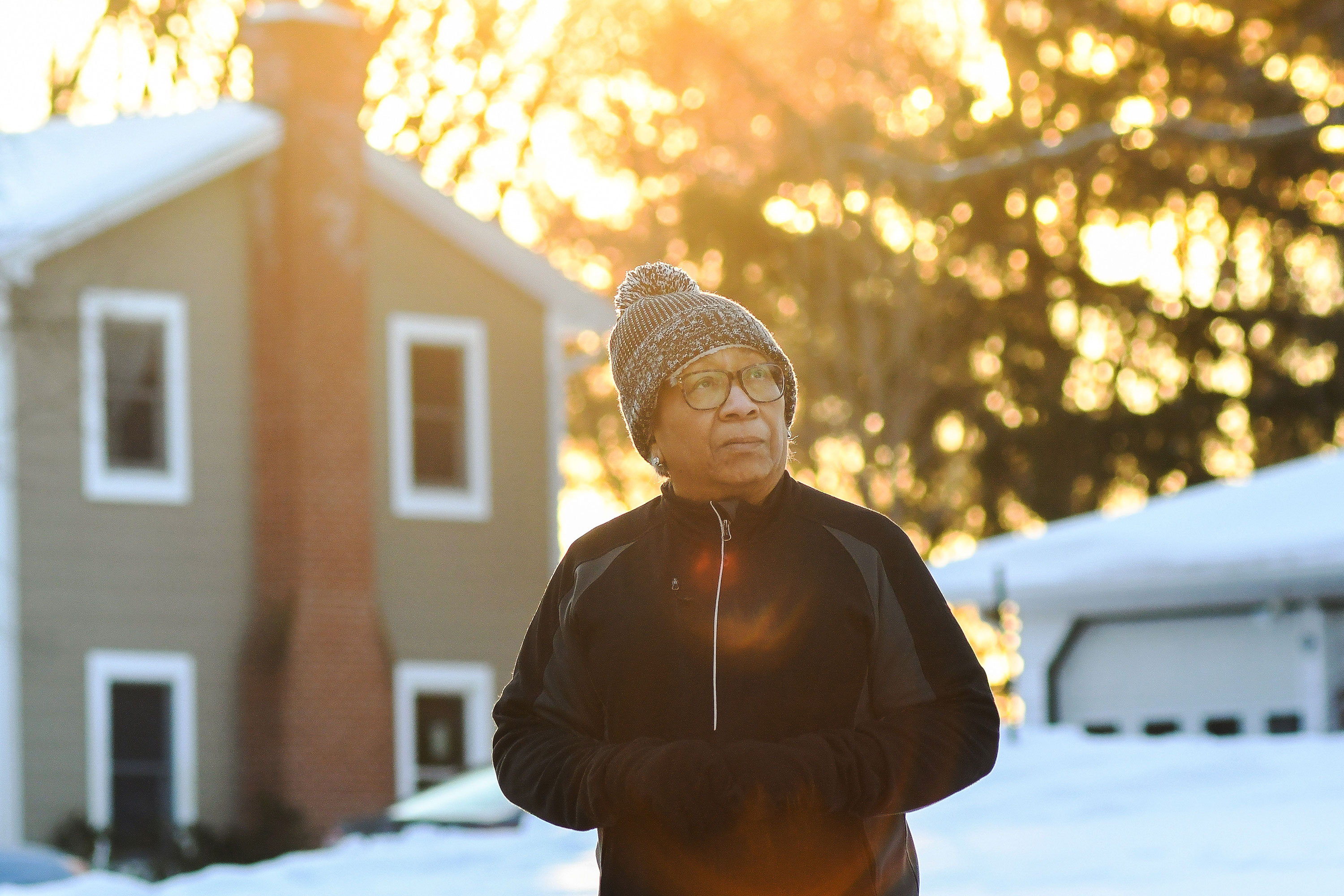
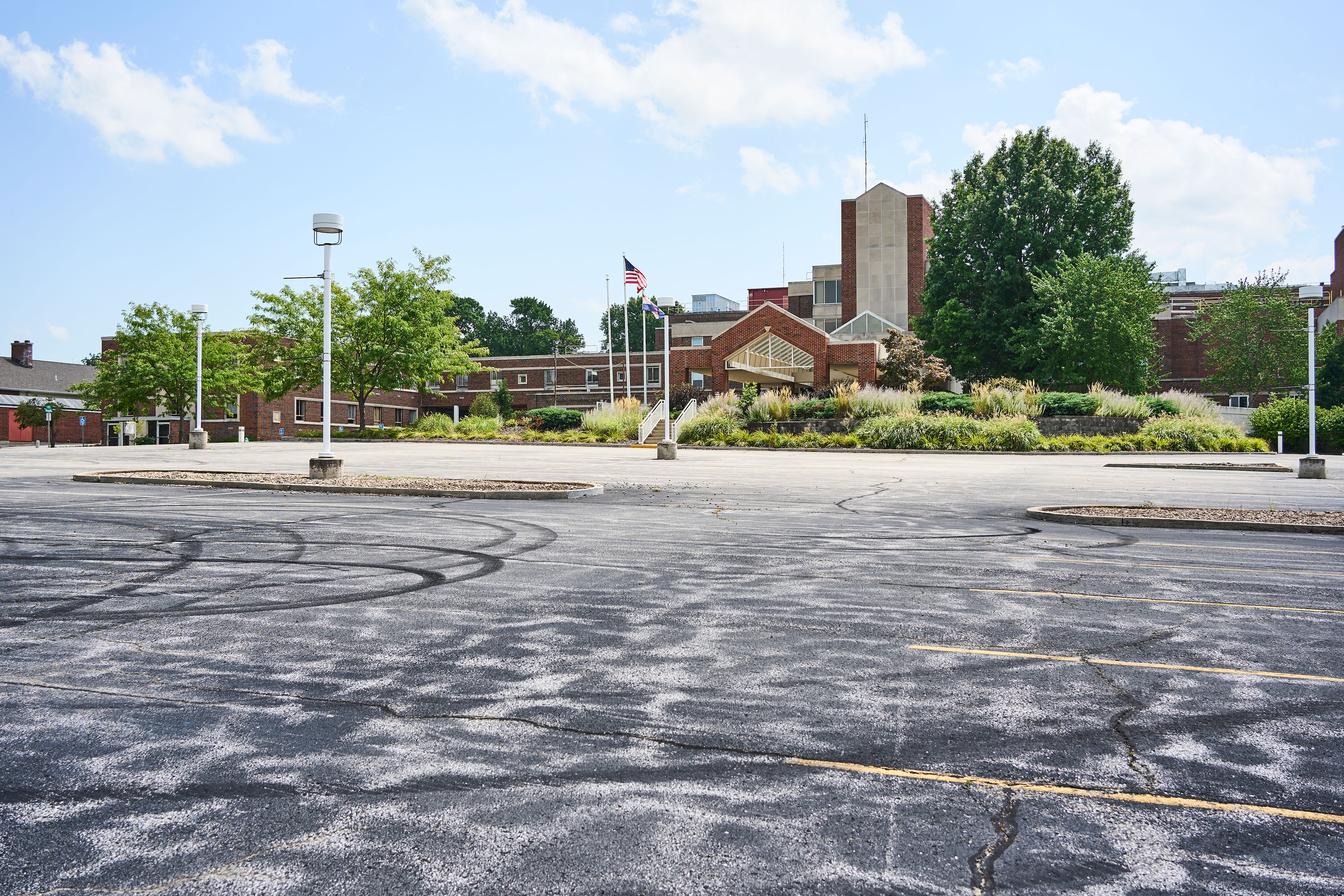
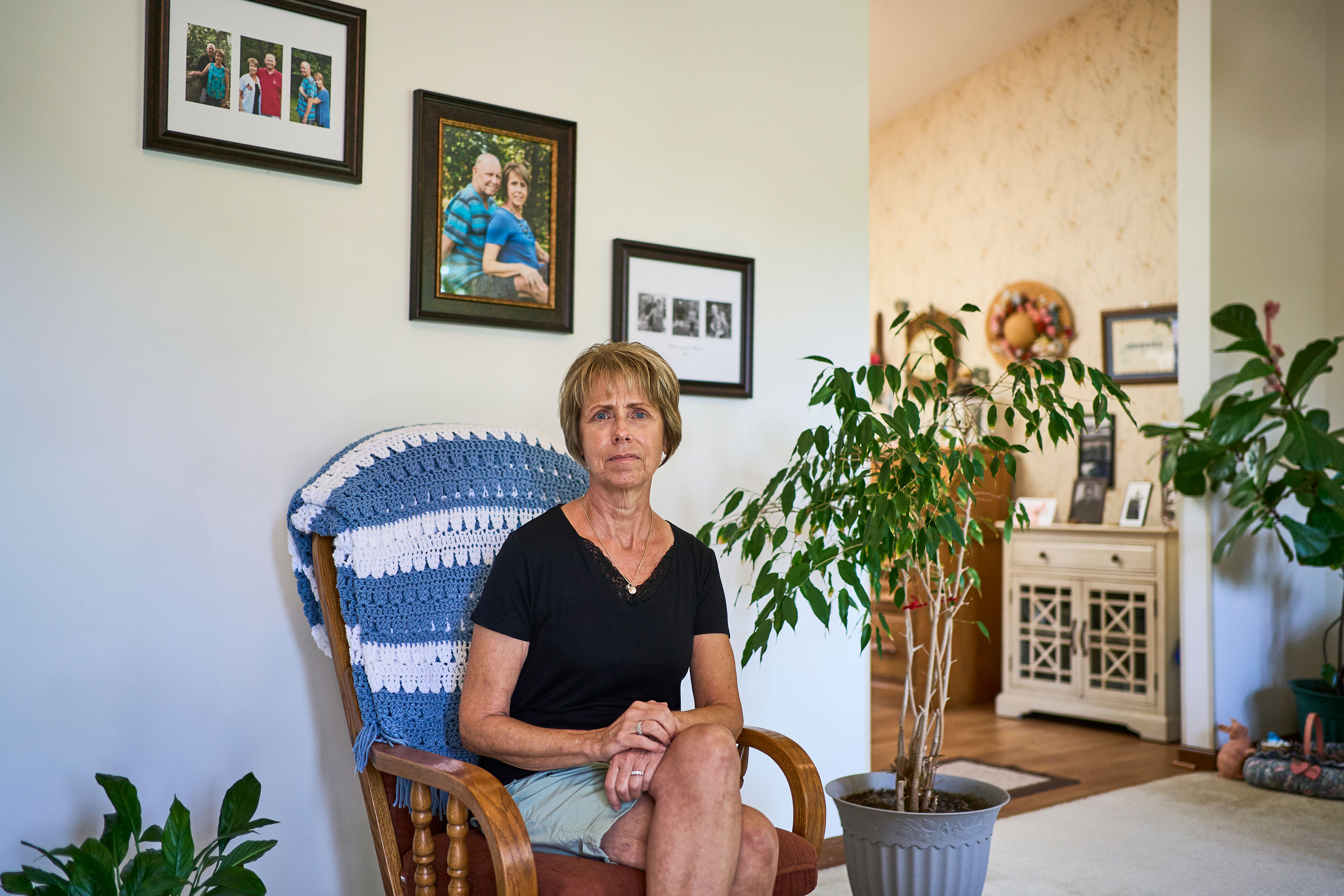
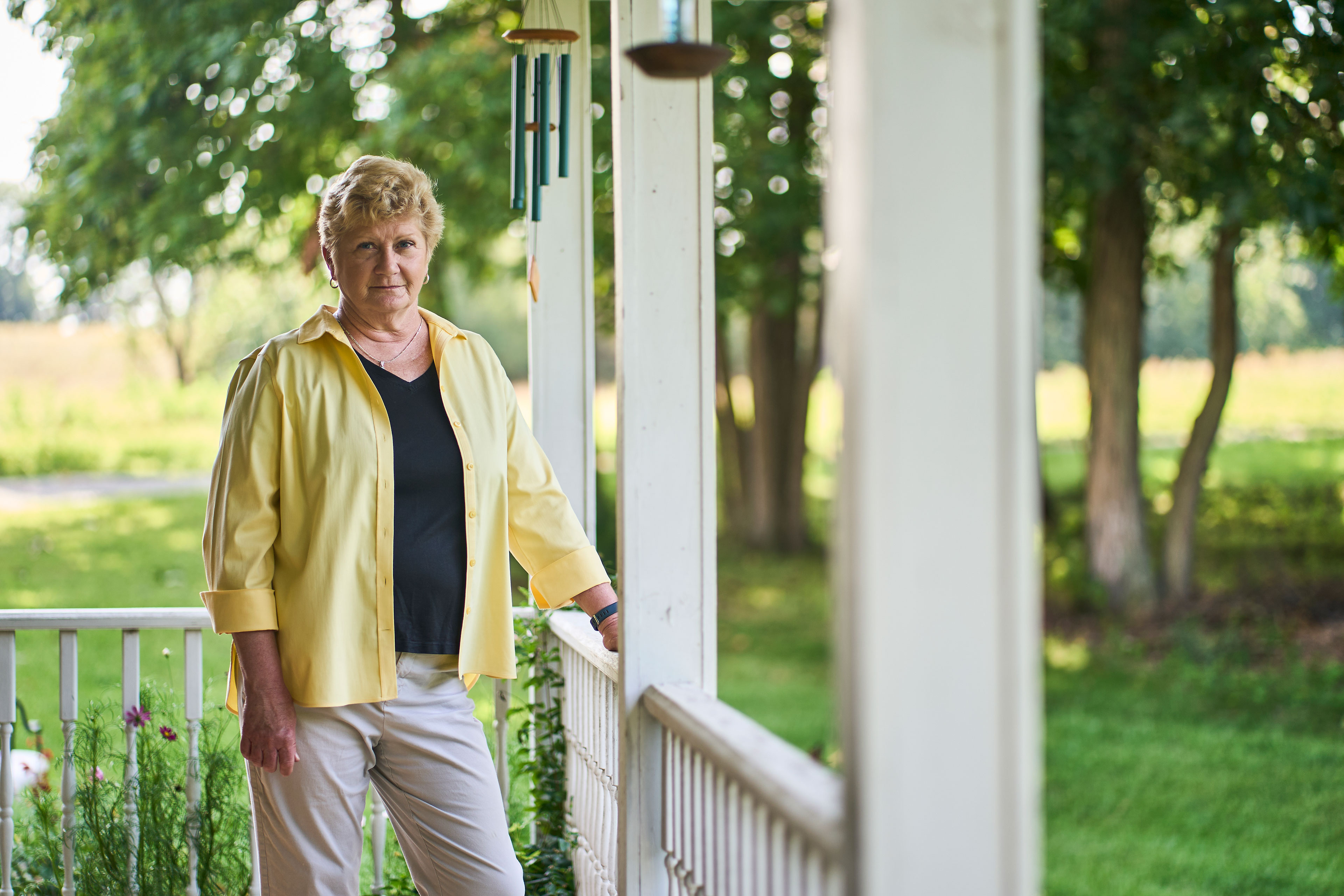
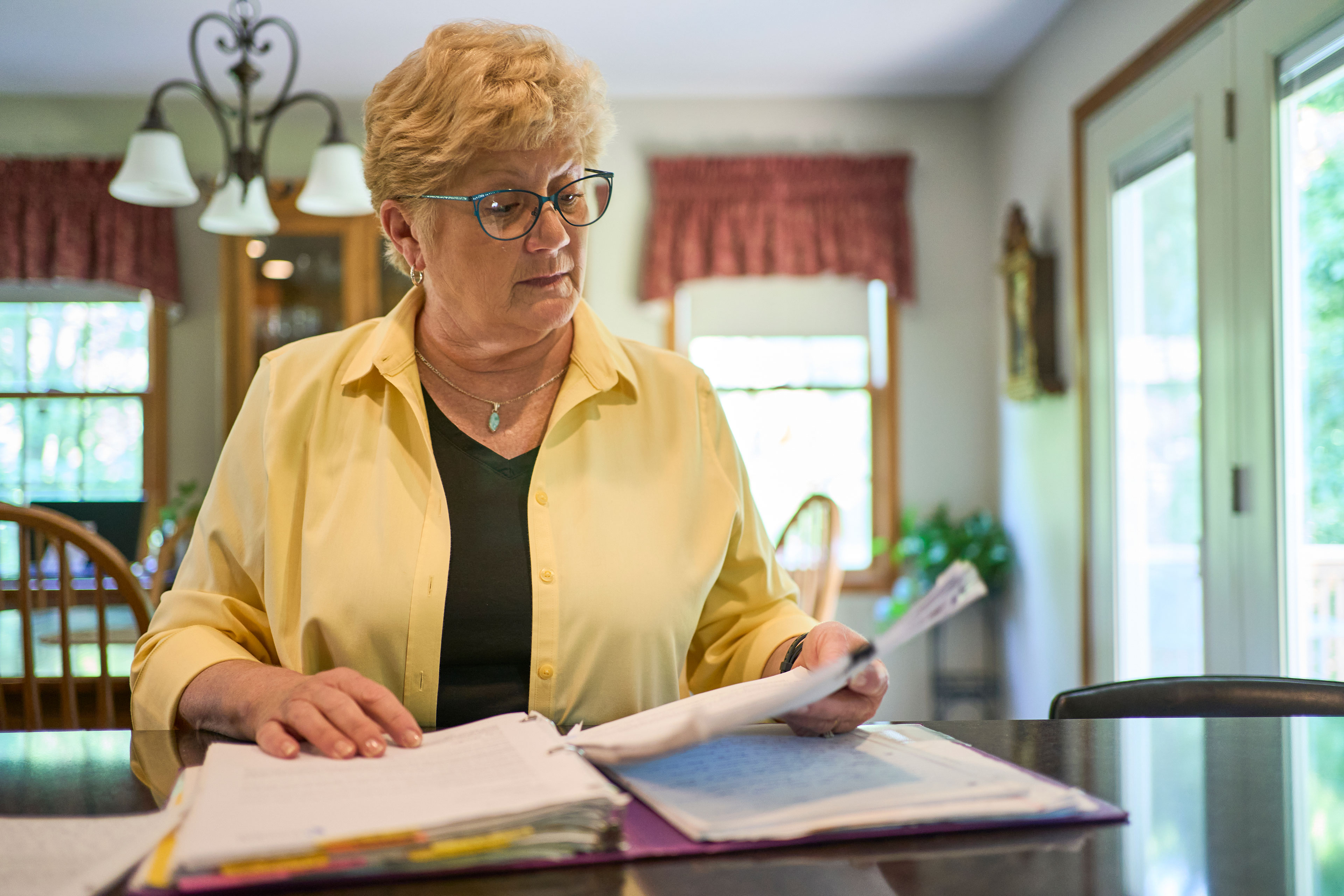
 Contributed to
Contributed to